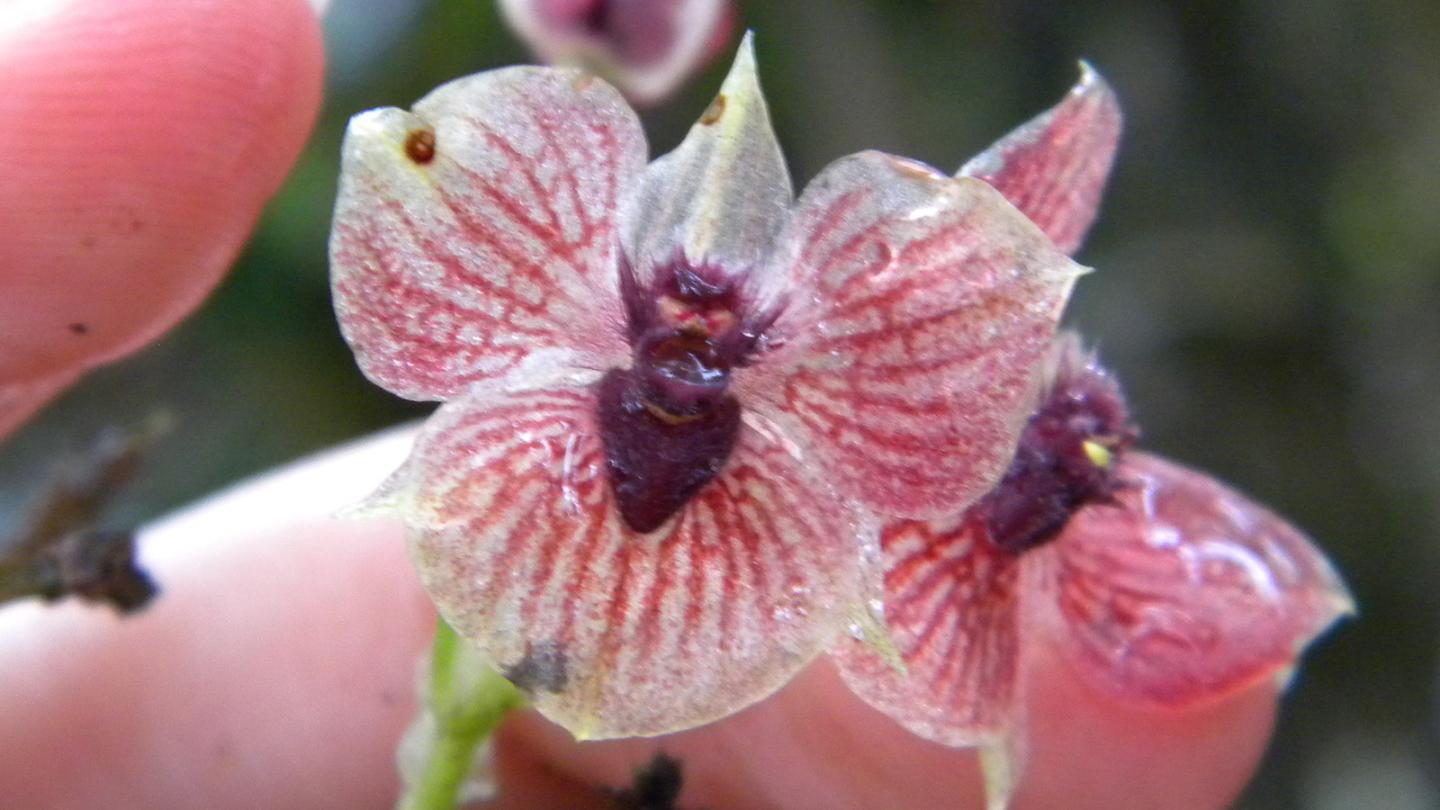Dragon Ant, Devil Orchid Star in Top 10 Newfound Species

What do a "bleeding" tomato and a "Game of Thrones" ant have in common? They both made this year's "Top 10 New Species" list, compiled by the State University of New York (SUNY) College of Environmental Science and Forestry (ESF).
The annual list celebrates newfound species named in the previous year. With approximately 18,000 species newly named in 2016, the top 10 highlight global biodiversity — as well as a slew of interesting names. The list is put together by a committee of taxonomists from the International Institute for Species Exploration (IISE) at SUNY. This year's list includes, along with the tomato that bleeds and the dragon ant, a spider named for a magical hat from "Harry Potter" and a devilish orchid.
Since the first list was released in 2008, each year the top 10 has been made public around May 23, in recognition of Carolus Linnaeus' birthday. Linnaeus was an 18th-century Swedish botanist, and is considered the father of modern taxonomy. [In Images: Meet the Top 10 Newfound Species]
Nearly 200,000 previously unknown species have been discovered and named in a decade of compiling the lists, according to ESF. But there's a troubling side to the story, said Quentin Wheeler, ESF president and founding director of the IISE.
"This would be nothing but good news were it not for the biodiversity crisis and the fact that we're losing species faster than we're discovering them," Wheeler said in a statement. "The rate of extinction is 1,000 times faster than in prehistory. Unless we accelerate species exploration, we risk never knowing millions of species or learning the amazing and useful things they can teach us."
The discovery of one of this year's top species was accidental. A new, brilliant-pink katydid species was found while researchers were looking for tarantulas and snakes in Borneo. Eulophophyllum kirki uses color to hide by mimicking and blending in with foliage. While males are a uniform green color, the female katydids are bright pink.
Another of the top newfound species from this year's list is already considered critically endangered. Telipogon diabolicus, also called the devil orchid, is known to grow in only one area of southern Colombia. And the reconstruction of a road currently threatens that habitat.
Sign up for the Live Science daily newsletter now
Get the world’s most fascinating discoveries delivered straight to your inbox.
"We are altering ecosystems, decimating biodiversity and polluting our waters," Wheeler warned. "Of all the devastating implications of climate change, none is more dangerous than accelerating species extinction. We can engineer our way through many impacts of climate change, but only hundreds of millions of years will repopulate the planet with biodiversity."
Original article on Live Science.










